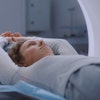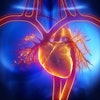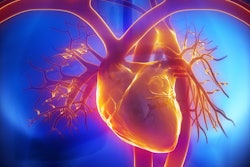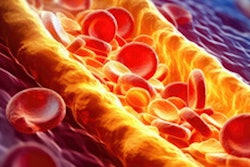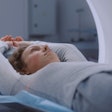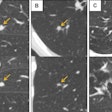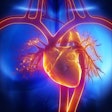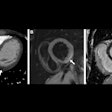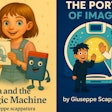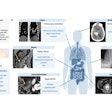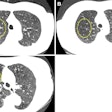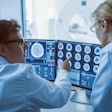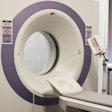Those planning a career in cardiac CT should aspire to the highest level of training (level 3) to ensure that the quality of reads is uniform between the radiologist and the cardiologist, advised a radiologist presenting at the Society of Cardiovascular Computed Tomography (SCCT) annual scientific meeting.
As part of a larger July 19 track on making a career in cardiac CT, University of Pennsylvania radiologist Saurabh Jha, MD, told AuntMinnie.com that the field has changed significantly since the early days when the focus was more on image acquisition.
 Saurabh Jha, MD.
Saurabh Jha, MD.
"Image acquisition, if we did it well, was 90% of the job done," Jha said. "Now, that 90% of the job has been roughly 95% automated, and so image acquisition isn't as much of a concern as it used to be."
Within the broad category of cardiac imaging, coronary CT is poised for expansion as the primary test for assessing obstructive coronary artery disease and as a gatekeeper for cardiac catheterization, according to Jha.
What is coming up is plaque imaging and CT-FFR [fractional flow reserve], he added.
"Now, quantification with coronary CTA is of noncalcified plaque as well as calcified plaque and also other measures" of risk with plaque, to assist in anti-lipid therapy decision making, he explained. Also, CT-FFR has increased specificity.
"If you have a plaque, you're going to know that it's functionally problematic," he said.
In addition, Jha said demand for transcatheter aortic valve replacement (TAVR) treatment -- and other image-guided procedures -- will also drive greater cardiac CT utilization.
Furthermore, the need to identify thrombus in the left atrial appendage in patients who have atrial fibrillation prior to cardioversion is also contributing to higher cardiac CT usage.
Jha pointed out that the current and expected scale of cardiac CT utilization combined with imaging at multiple sites means that those entering the field will find they need to think about operations more than ever before, as well as collaborate within a multimodality paradigm.
Saurabh Jha, MD, speaks of the state of cardiac CT for cardiology and radiology trainees entering the field
However, "it is very unlikely to get a role solely in cardiac CT," Jha noted, adding that going into practice, it's best not to treat cardiac CT as a cash cow or as an RVU driver.
"There are two different perceptions of cardiac CT," he added. "The first is that cardiac CT is easy because there are only three arteries ... but it's very easy to render a false positive," he warned. "The second is that many think it's inordinately difficult -- it's not."

